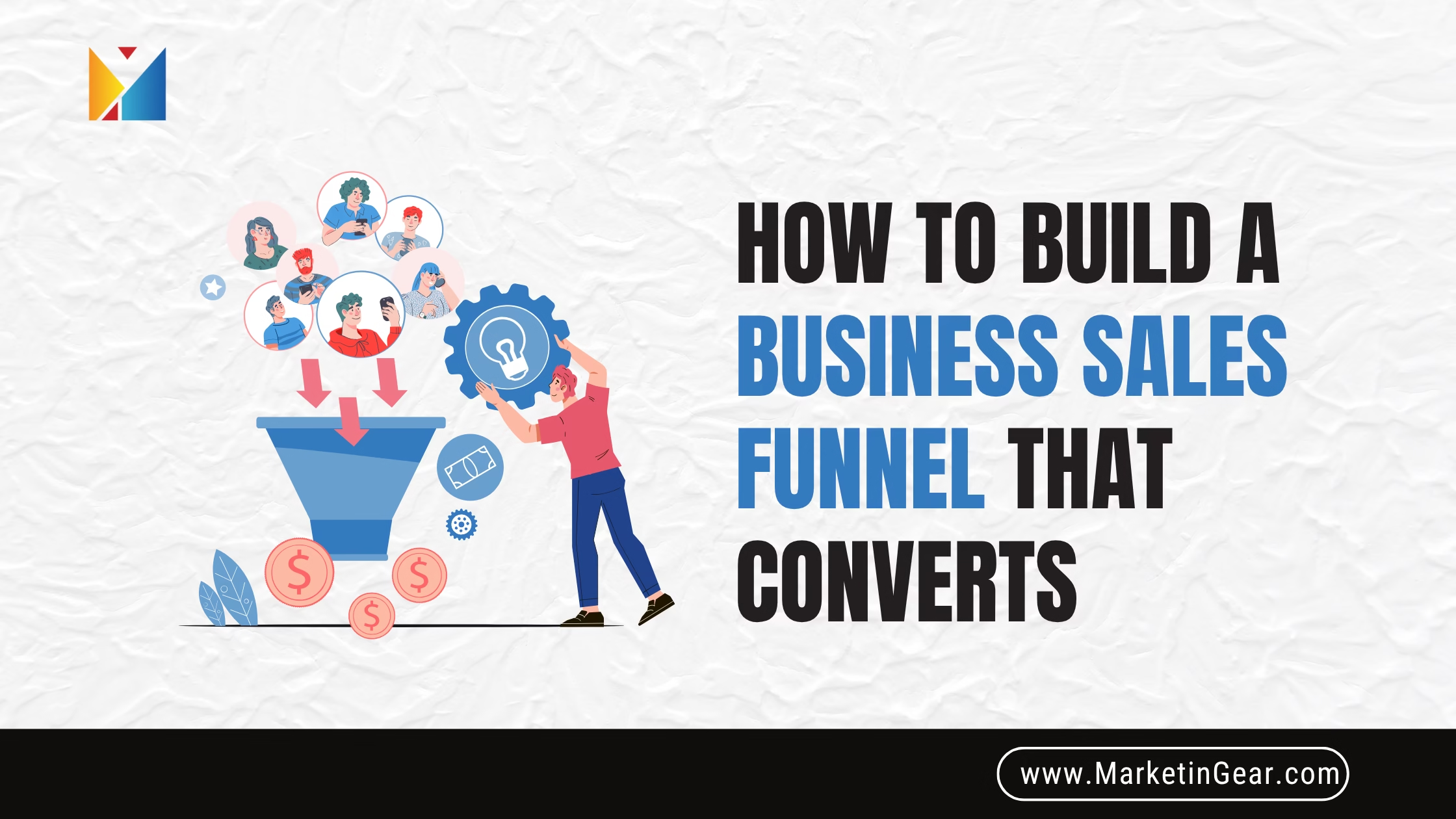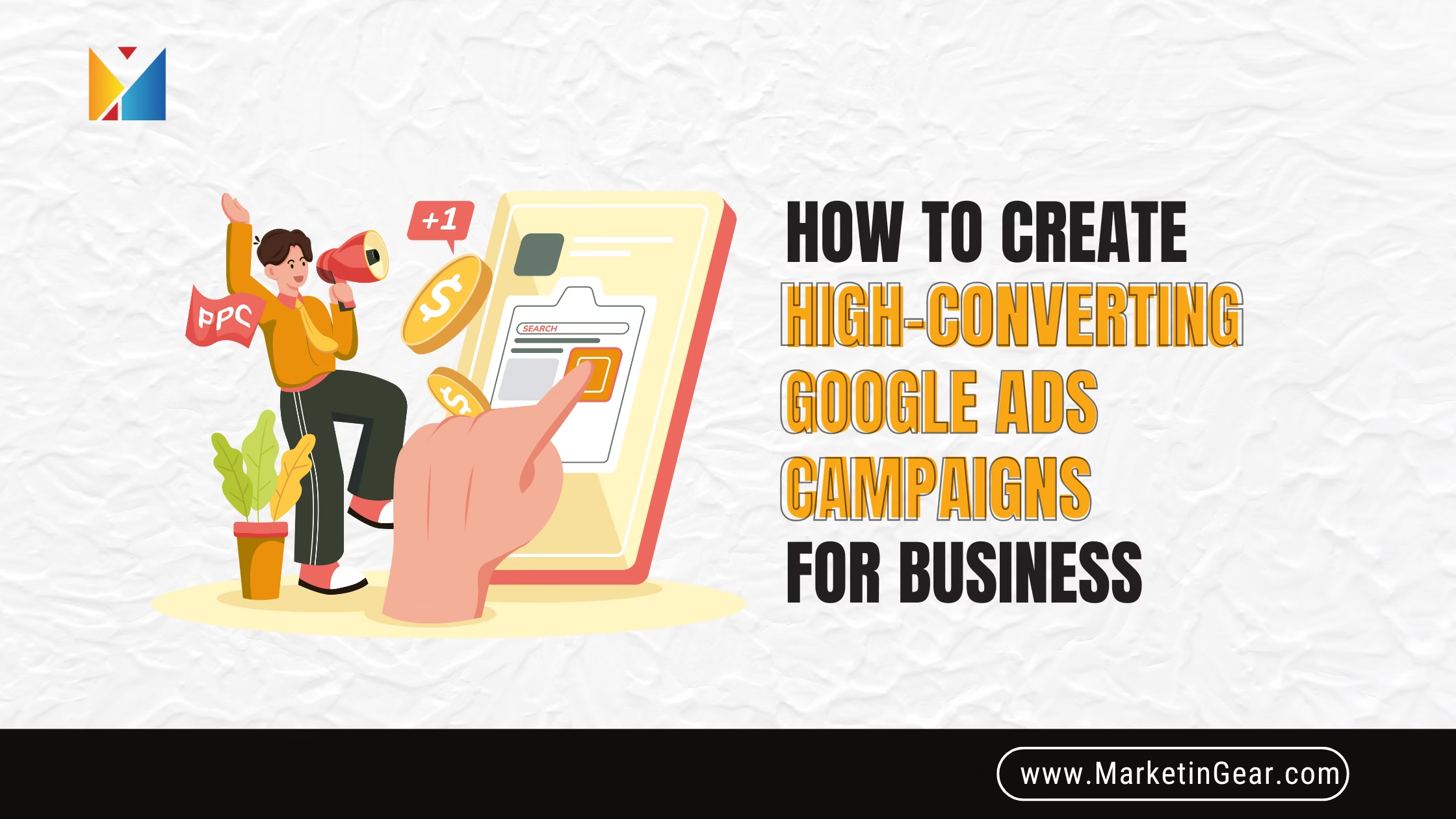Introduction
Imagine owning a shop where people pop in, take a quick look, then slip out the back door before you even get to say hello. Frustrating, right? For many small businesses, that’s what happens every day online. You might have a fantastic product or service, but if you don’t have a system to guide people from “just looking” to “ready to buy,” you’re leaving money—and relationships—on the table.
A business sales funnel is the solution. Think of it as a friendly tour guide, walking strangers step-by-step through your world until they become loyal customers. In this guide, you’ll learn how to build a sales funnel that actually works, with real-world tips, easy examples, and the same strategies the best marketers use.
What is a Business Sales Funnel?
A business sales funnel is a way to map out your customer’s journey from the very first moment they find out about you to the point where they’re excited to buy—and even beyond, as they become loyal fans and promoters.
Just picture a kitchen funnel: at the top, you can pour in a lot (like new website visitors); at the bottom, just a steady flow (your actual customers) comes out. Along the way, some people drop out—but the ones who stick around are more and more likely to buy.
Sales Funnel Stages Explained:
- Awareness Stage: This is where someone hears about your business for the first time. Maybe they see an ad, read a blog, or get a recommendation.
- Interest Stage: Now they’re curious. They might follow you on social media, read a couple of articles, or sign up for your newsletter.
- Consideration Stage: At this point, they’re weighing their options, maybe comparing your services to someone else’s, or asking for a quote.
- Conversion Stage: The big moment—they make a purchase or take a key action you want (like booking a call or signing up).
- Retention Stage: Even after the sale, the funnel isn’t done. Happy customers come back, leave reviews, and tell their friends.
A Quick Analogy:
Think of a friendship. You meet (awareness), chat and learn about each other (interest), decide you like each other (consideration), become friends (conversion), and stay in touch (retention). A sales funnel is just like that, but for business.
Why Sales Funnels Matter for Small Businesses
Running a small business means every penny, every customer, and every minute matters. Without a funnel, your business is like a hidden store in a back alley. People might wander by, but most will never know what you offer or why they should care.
With a funnel, you’re in control of the journey.
- Save Time and Money: Instead of “spray and pray” marketing—posting everywhere and hoping something sticks—you guide the right people through each step.
- Consistent Growth: Funnels help you forecast sales and growth. You’ll know how many leads you need to reach your goals.
- Stronger Relationships: By nurturing leads and customers with timely info and offers, you build real trust—not just one-off sales.
For example, imagine a local gym. Without a funnel, they just run ads and hope people join. With a funnel, they offer a free workout guide (lead magnet), follow up with helpful emails, then invite people for a free class, and finally convert them to members. Each step is intentional—and much more effective.
Sales Funnel Strategy: Mapping the Customer Journey
Building a sales funnel starts with understanding your customer. The better you know them, the better you can guide them.
Identify Your Target Audience
Think about your best customers:
- What problems are they facing?
- Where do they hang out online?
- What words do they use when searching for solutions?
Tip: Create a simple “customer avatar.” For MarketinGear, it might be “Samantha,” a busy small business owner who needs marketing help but feels overwhelmed by all the options.
Value Proposition Development
Your value proposition is the answer to, “Why you?”
It should be clear, specific, and focused on benefits, not just features.
Example:
Instead of, “We offer digital marketing,” say, “We help small businesses double their leads in 90 days—without a huge budget.”
Mapping the Customer Journey
List out every touchpoint:
- Where do prospects first meet you?
- What information do they need at each stage?
- What questions, doubts, or objections do they have?
Sketch this out—on paper or a whiteboard. This map is the skeleton of your sales funnel.
Sales Funnel Design
With your strategy in place, it’s time to build your funnel.
Creating Lead Magnets
A lead magnet is a freebie that solves a real problem for your target audience. It can be:
- A checklist or cheat sheet
- An ebook or guide
- A free webinar or video series
- A discount or free trial
Why do lead magnets work?
Because people love getting value before they commit. You’re offering a taste before asking for the main course.
Example:
A bakery might offer “10 Easy Bread Recipes” in exchange for an email. A digital agency could offer a “Free Website Audit.”
Landing Page Optimization
Your landing page is where visitors decide if they’ll stick around.
- Use one clear, compelling headline
- Include an eye-catching image or video
- Highlight benefits, not just features
- Keep forms simple—ask only for what you need
- Use trust signals (testimonials, security badges)
Tip: Less is more! One offer, one action.
Opt-In Form Best Practices
Your form should be quick and easy.
- Fewer fields = higher conversions
- Make the submit button friendly (“Get My Free Guide!”)
- Promise to protect their privacy
- Explain what happens next
Pro Tip: Test different button colors, words, and placements.
Traffic Generation for Sales Funnels
A funnel needs visitors to work. Here’s how to fill the top:
Paid Advertising for Funnels
- Facebook Ads:
Target by interests, demographics, or lookalike audiences. Test images, headlines, and offers. - Google Ads:
Show up when people search for solutions. Use keywords related to your lead magnet or product. - Instagram Ads:
Great for visually engaging offers, stories, or quick video testimonials.
Budget Tip: Start small, test, and scale what works.
Organic Traffic for Funnels
- SEO:
Optimize your site and content for the keywords your audience searches for (“small business sales funnel,” “how to get more leads”). - Social Media Traffic:
Share tips, behind-the-scenes, and valuable content. Use your funnel link in bios and posts. - Content Marketing:
Publish blogs, guides, and videos that answer questions and build trust.
Story:
A pet store owner created fun “how-to” videos on pet care and linked every video to a free pet care checklist (her lead magnet). Soon, her email list and sales soared!
Lead Nurturing in Sales Funnel
Most new leads aren’t ready to buy—yet. Lead nurturing keeps you top-of-mind and builds trust.
Automated Email Sequences
Set up emails to welcome new leads, share your story, and offer more value over time.
Drip Campaigns
Send a series of scheduled emails—maybe one every few days—leading up to your main offer.
Personalized Follow-Up
Use names and personalize content based on interests or previous actions.
Example:
A fitness coach sends different emails to people interested in weight loss vs. muscle gain.
Conversion Optimization
Now that people are interested, help them take the final step.
A/B Testing Funnel Steps
Try two versions of a landing page, headline, or CTA. See which one gets more signups or sales.
Reducing Drop-Off Rates
- Make checkout easy—fewer clicks, no hidden fees
- Offer guarantees and clear return policies
- Address common objections right on the page
Improving Call-to-Action Buttons
- Use action words: “Start Now,” “Get My Free Guide”
- Make them stand out with color
- Place CTAs above and below the fold
Sales Funnel Tools and Software
You don’t have to do this alone. Plenty of tools make funnels simple, even for beginners.
Funnel Builders
Platforms like ClickFunnels, Leadpages, or HubSpot let you create, test, and optimize funnels with drag-and-drop simplicity.
CRM Integration
A CRM (like Salesforce or Zoho) helps you track leads, automate emails, and personalize messages.
Analytics and Tracking Tools
Use Google Analytics, Hotjar, or built-in dashboard tools to see where leads come from and where they drop off.
Measuring Funnel Performance
Improvement starts with measurement. What gets measured gets managed!
Key Sales Funnel Metrics
- Number of visitors at each funnel stage
- Conversion rates (e.g., % who go from lead to customer)
- Cost per lead, cost per customer
Funnel Conversion Rate Analysis
- Where do people drop off?
- Which emails or pages convert best?
Sales Funnel ROI
- How much revenue does each funnel stage generate?
- Are your ad costs paying off?
Pro Tip: Review these numbers monthly and tweak your funnel based on what you learn.
Common Sales Funnel Mistakes
Avoid these common errors:
- Poor Lead Qualification:
Not all leads are buyers. Make sure you’re attracting the right people. - Weak Offer or Messaging:
If your lead magnet or sales page isn’t clear and compelling, people won’t act. - Ignoring Funnel Analytics:
Don’t guess—use data to improve your funnel.
Example:
A clothing store kept offering discounts to everyone, even those who never bought. By tracking funnel analytics, they learned to focus on returning customers—boosting sales without losing money on unnecessary discounts.
Industry-Specific Sales Funnels
Every business is different. Tailor your funnel for your industry.
- E-commerce:
Focus on product pages, cart reminders, reviews, and easy checkout. - B2B:
Emphasize education (whitepapers, webinars), relationship building, and longer follow-ups. - Service Business:
Use testimonials, quick quote forms, and simple booking processes. - SaaS:
Free trials, onboarding emails, and usage tips work wonders.
Real-World Example—A Small Business Success Story
Let’s meet Lisa, who runs a cozy bakery in her town. Before, Lisa relied on walk-ins and word of mouth. But business was unpredictable.
She created a simple funnel:
- Offered a free “5 Quick Bread Recipes” guide on her website
- Collected emails and sent a welcome sequence with bakery news, tips, and coupon codes
- Invited subscribers to try new treats every month
- Thanked repeat customers with surprise discounts
Within six months, her orders doubled—even during slow seasons. Lisa wasn’t just selling bread; she was building relationships, and her bakery became the go-to spot in town.
Conclusion: Start Building Your Funnel Today
A sales funnel isn’t complicated rocket science—it’s a friendly, step-by-step process.
You get to meet your customers where they are, guide them with value, and build long-term loyalty.Ready to stop missing out on sales and start growing predictably?
MarketinGear can help you design, launch, and optimize a funnel that’s just right for your business, your budget, and your goals. Let’s turn more strangers into loyal fans—reach out to MarketinGear and get started today!




